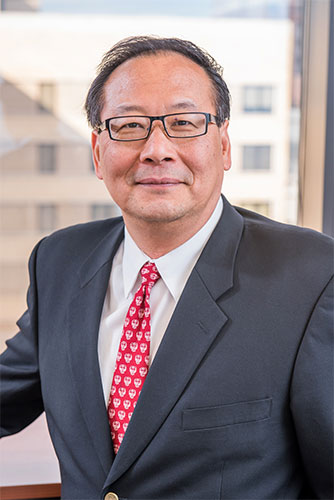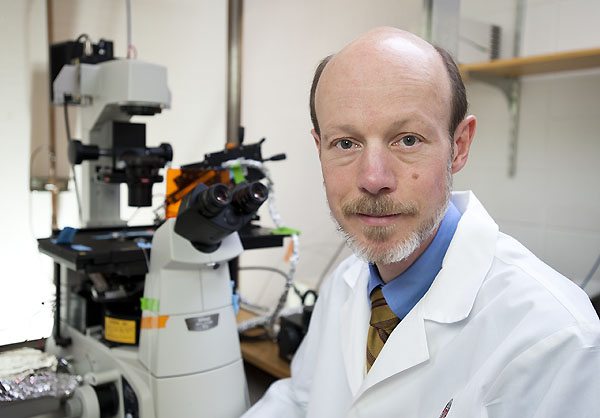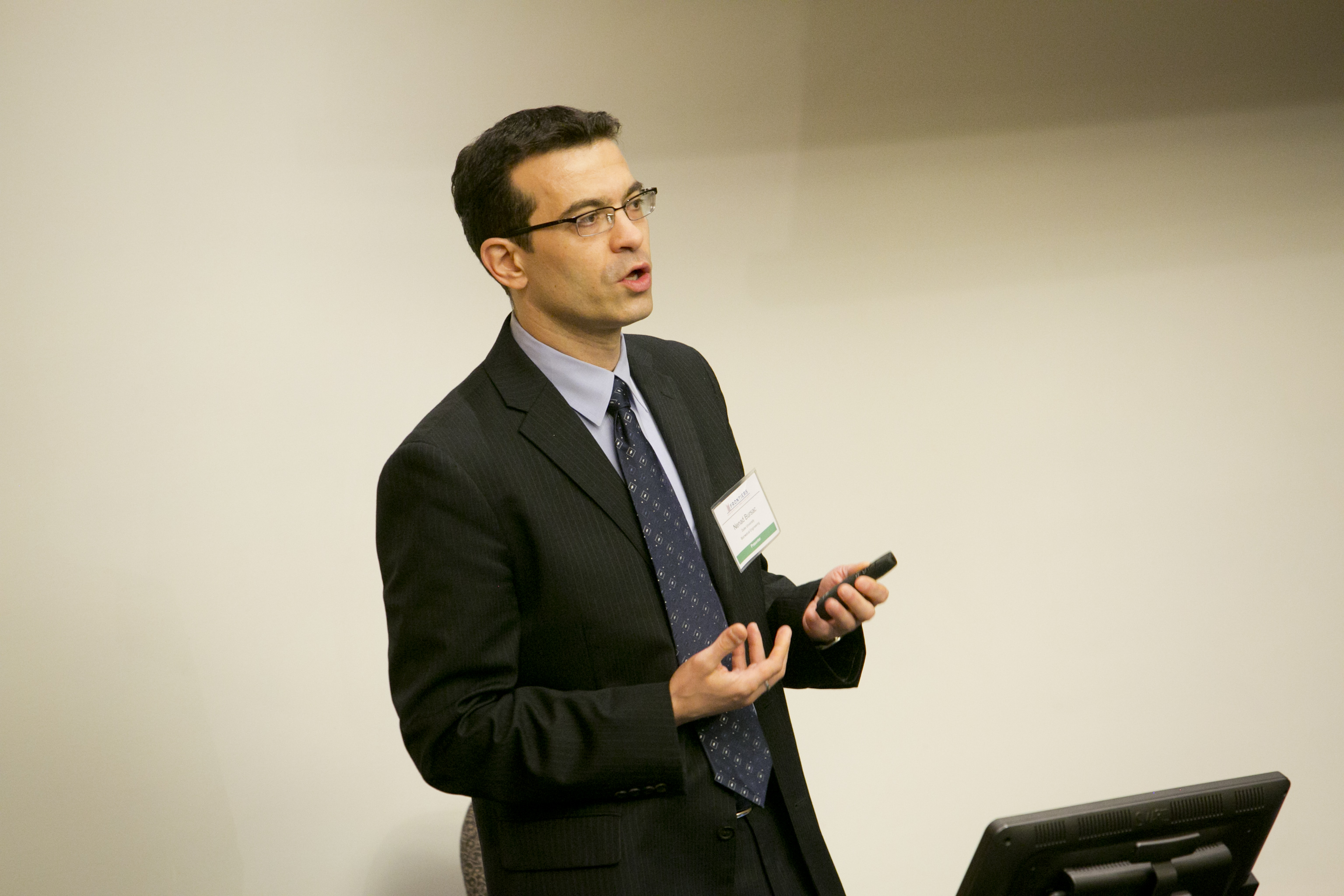 Jianyi “Jay” Zhang, UABThe heart cannot regenerate muscle tissue after a heart attack has killed part of the muscle wall, and that dead tissue can strain surrounding muscle, leading to a lethal heart enlargement.
Jianyi “Jay” Zhang, UABThe heart cannot regenerate muscle tissue after a heart attack has killed part of the muscle wall, and that dead tissue can strain surrounding muscle, leading to a lethal heart enlargement.
To prevent this heart failure and restore heart function, researchers at the University of Alabama at Birmingham, the University of Wisconsin-Madison and Duke University will work to create a bioengineered, human heart-tissue patch that is large, standardized and highly functional. This preclinical work will be supported by a seven-year, $8 million grant just awarded by the National Heart, Lung, and Blood Institute.
The research hub is led by Jianyi “Jay” Zhang, M.D., Ph.D., of UAB, Timothy Kamp, M.D., of Wisconsin and Nenad Bursac, Ph.D., of Duke. Their teams in this cooperative effort will work with individual cells and bioengineered patches made up of many cells. They will test the bioengineered cells in mice and the bioengineered patches in pigs.
The goal is to bring cardiac tissue engineering therapies into the clinic for human use by the end of the grant. Ischemic heart disease from restricted blood flow and oxygen starvation is a leading cause of death in the United States. One in every seven deaths in the United States results from coronary artery disease.
“At the end of seven years, we will be ready for clinical trials,” Zhang said.
Zhang is the chair of UAB Biomedical Engineering, a joint department of the UAB School of Medicine and School of Engineering. Kamp is a professor of medicine at the University of Wisconsin School of Medicine and Public Health and co-director of the university’s Stem Cell and Regenerative Medicine Center. Bursac is professor of biomedical engineering at Duke University.
 Timothy Kamp, WisconsinThe Wisconsin team will develop novel heart tissue progenitor cells with altered immunogenicity and the ability to conduct electrical signals to create a smooth heartbeat. The Duke team will develop the heart-tissue patch technology, using cells provided by Wisconsin and UAB. The UAB team will use novel “universal human iPSC cell lines” and a heart-attack model to study effectiveness of the cell therapy, using cells and tissues from UAB, Wisconsin and Duke.
Timothy Kamp, WisconsinThe Wisconsin team will develop novel heart tissue progenitor cells with altered immunogenicity and the ability to conduct electrical signals to create a smooth heartbeat. The Duke team will develop the heart-tissue patch technology, using cells provided by Wisconsin and UAB. The UAB team will use novel “universal human iPSC cell lines” and a heart-attack model to study effectiveness of the cell therapy, using cells and tissues from UAB, Wisconsin and Duke.
Despite worldwide efforts at many labs to use stem cells to treat disease or injury, researchers still face numerous hurdles.
For the UAB-Wisconsin-Duke collaboration, the experimental challenges of using cell therapy to treat hearts include these hurdles:
- The optimal mix of cell types in the patch for heart repair and regeneration is unknown.
- Previous work to implant cells in infarcted hearts has shown low survival and retention.
- The patch needs to be engineered so it will contract in synchrony with the heartbeat, responding properly to the electrical pulse that travels across the heart muscle.
- Researchers need to learn how a patch will affect heart bioenergetics and how it may possibly contribute to heartbeat arrhythmia.
- Researchers need to learn how the immune system will respond to heart patches derived from a patient’s own cells or from a different donor.
 Nenad Bursac, DukeThis grant is part of the second round of the Progenitor Cell Translational Consortium U01 funding by the National Heart, Lung, and Blood Institute. This is a major effort to promote cooperative research agreements among institutions to develop cell therapies for the heart, lung and blood.
Nenad Bursac, DukeThis grant is part of the second round of the Progenitor Cell Translational Consortium U01 funding by the National Heart, Lung, and Blood Institute. This is a major effort to promote cooperative research agreements among institutions to develop cell therapies for the heart, lung and blood.
The first round of funding seven years ago for the Progenitor Cell Biology Consortium U01 totaled $170 million, and 18 grants were funded — including one that supported Zhang and Kamp. Competition is tighter for the second round because less funding is expected.
“The decreased amount for phase two means not all the previous hub awardees will get a grant in the second round,” Zhang said.
At UAB, Zhang holds the T. Michael and Gillian Goodrich Endowed Chair of Engineering Leadership.